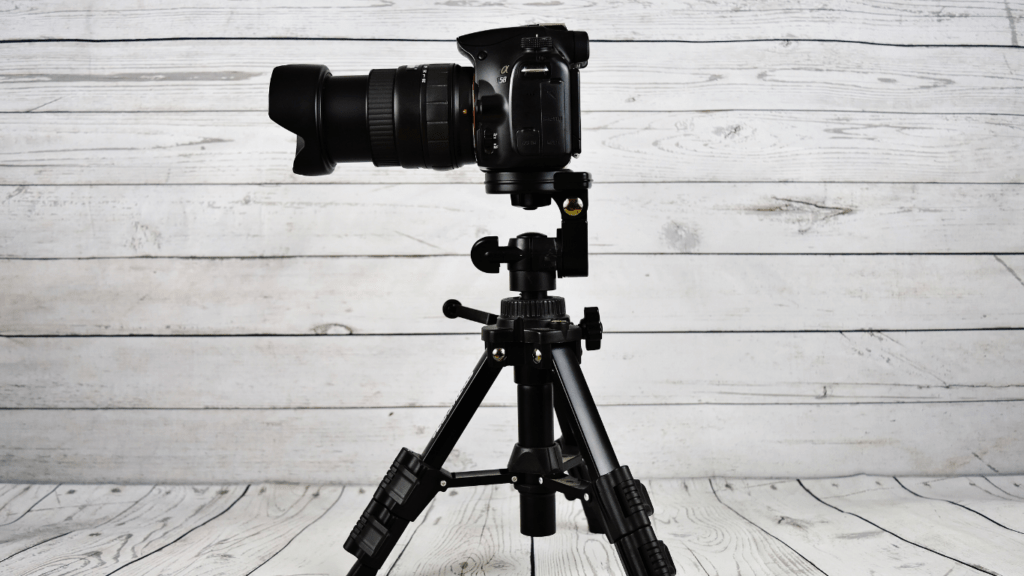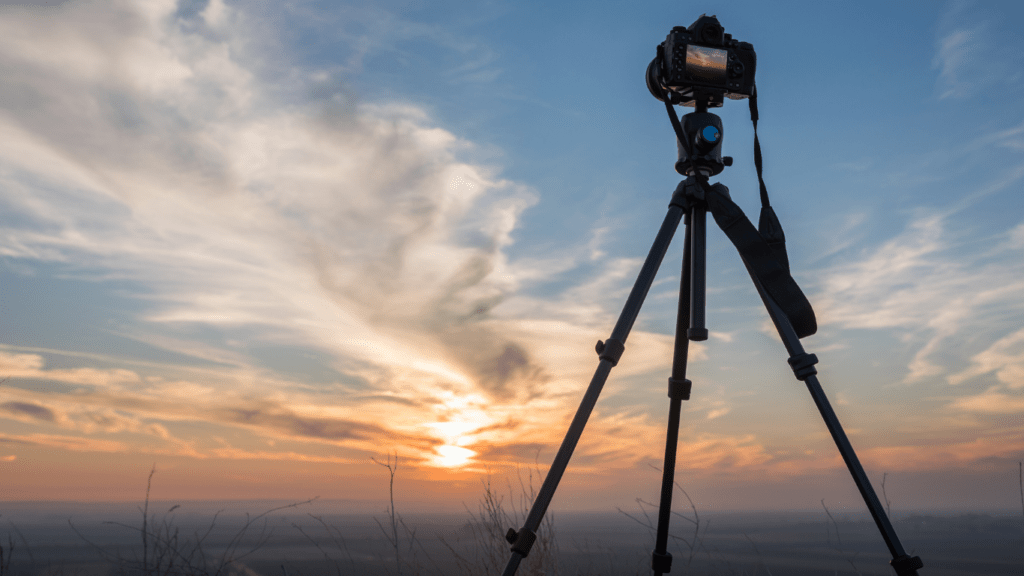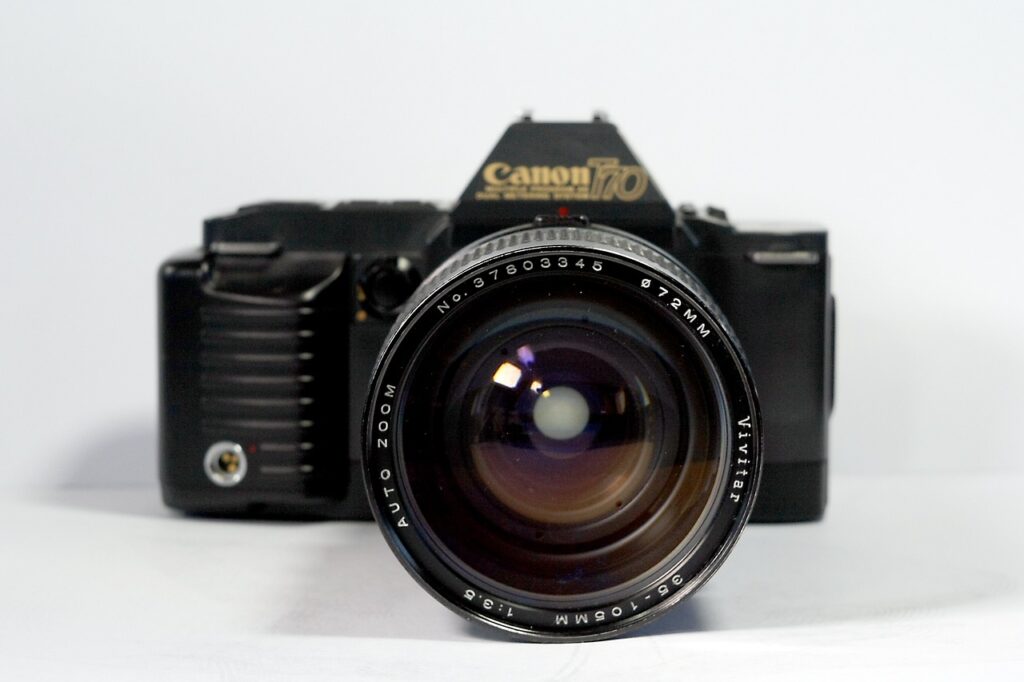Finding the perfect tripod can feel like a daunting task, especially when you’re juggling the need for both stability and portability. As a photographer or content creator, I know how crucial it is to have gear that supports your vision without weighing you down. Whether you’re capturing stunning landscapes, shooting videos, or snapping portraits, the right tripod can make all the difference.
Why Choose the Right Tripod?
Selecting the right tripod impacts both the quality of your work and the ease of your workflow. A stable tripod eliminates unnecessary vibrations, ensuring sharper images and footage. This is crucial for long exposures, wildlife shots, or macro photography, where even slight movements can ruin the final result.
Portability becomes essential when working in various locations. Lightweight tripods with compact designs are convenient for travel, while heavier options may provide greater stability for studio setups or challenging weather conditions. Choosing the appropriate type depends on your shooting environment.
The right choice also ensures compatibility with your gear. Weight capacity is vital to avoid damage to your equipment. For instance, a professional DSLR with a heavy telephoto lens requires a tripod rated for higher loads. Versatility, such as adjustable legs and head types, further enhances creative possibilities, from low-angle shots to panoramas.
Key Features to Look for in a Tripod
Choosing the right tripod involves evaluating its features to ensure it supports both stability and portability. Key considerations like:
- material
- weight
- compatibility
can impact its performance.
Stability
Stability ensures clear, sharp images by minimizing vibrations. A tripod with a broad base, adjustable spikes for outdoor terrain, or rubber feet for indoor use helps maintain balance. Features like a center column hook for adding weight can enhance stability during windy conditions.
Portability
Portability matters most for travel or on-the-go shoots. Compact, foldable designs and lightweight materials like carbon fiber improve mobility. Look for options with quick-lock legs or flip latches to facilitate fast setup and breakdown.
Material and Build Quality
Material and build quality determine durability and performance. Carbon fiber offers sturdiness and lightweight construction, while aluminum provides affordability and resilience. High-quality joints and seals prevent wear, especially in extreme weather or intensive use.
Weight Capacity
Weight capacity ensures the tripod can support your gear without risking damage. A good tripod should handle 1.5 times the combined weight of your camera, lens, and extra accessories. For example, a 5lb setup requires at least a 7.5lb-rated tripod.
Compatibility with Cameras and Accessories
Compatibility with various camera models and accessories expands functionality. Universal mounting plates, secure locking mechanisms, and extra attachment points for monitors, lights, or microphones make a tripod versatile for diverse creative setups.
The Best Tripods for Stability

Stability plays a crucial role in capturing clear images, especially in professional or challenging conditions. Selecting the right tripod ensures vibration-free shots and enhances image sharpness.
Heavy-Duty Tripods for Professional Use
- Heavy-duty tripods excel at providing maximum stability during demanding shoots.
- Designed for professional setups, these tripods support heavy camera bodies and telephoto lenses.
- Models like the Gitzo Systematic Series 5 deliver unmatched durability, with a load capacity of up to 88 pounds.
- Carbon fiber materials reduce vibrations while remaining light for their size.
- Features such as spiked feet and wide leg spread improve balance on uneven terrain.
- I find these essential for long-exposure photography, studio shoots, or capturing high-resolution video.
Budget-Friendly Stable Tripods
Affordable tripods offer practical stability without compromising build quality. For instance, the Manfrotto Compact Action tripod balances cost and performance, supporting weight up to 4.4 pounds. Aluminum construction ensures durability for lightweight cameras, while non-slip rubber feet enhance grip on flat surfaces. Many budget options include features like adjustable center columns or quick-release plates, which I find useful for versatile shooting situations. These are ideal for beginners or casual photographers seeking reliable performance.
The Best Tripods for Portability
Portability is essential for photographers and creators frequently on the move. Compact and lightweight tripods provide convenience without compromising stability, making them ideal for travel and outdoor shoots.
Compact Travel Tripods
Compact tripods collapse into small sizes, fitting easily into backpacks or carry-on luggage. The Peak Design Travel Tripod (15.5 inches when folded) combines portability with stability, supporting up to 20 pounds of gear. Its unique design eliminates wasted space, offering a streamlined shape. Another option is the Manfrotto Befree Advanced, which folds down to 15.75 inches and includes an intuitive ball head for quick adjustments. These compact options ensure ease of transport without sacrificing functionality.
Lightweight Options for On-the-Go Use
Weight is critical for photographers requiring quick mobility. Carbon fiber models like the Sirui T-024SK weigh just 2 pounds while delivering excellent vibration dampening and a 13.2-pound load capacity. For budget-conscious users, the Benro SLIM Travel Tripod offers an aluminum build while weighing 2.6 pounds. Both options provide reliable performance during hikes, cityscapes, or extended shoots, reducing strain during transport.




